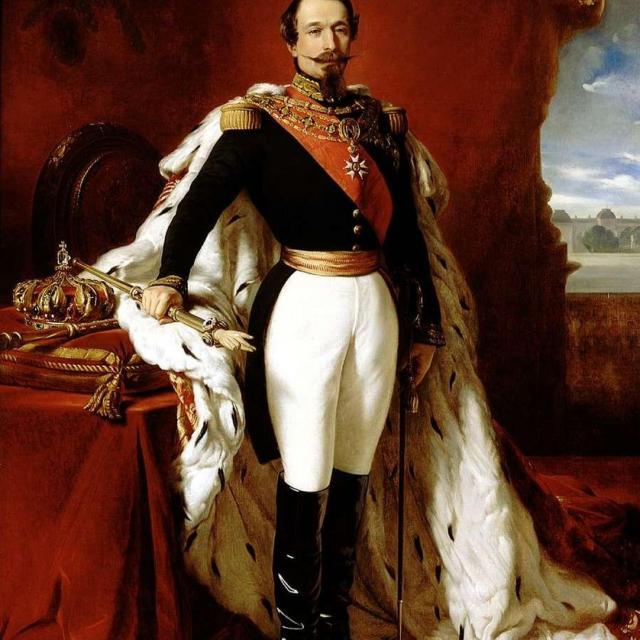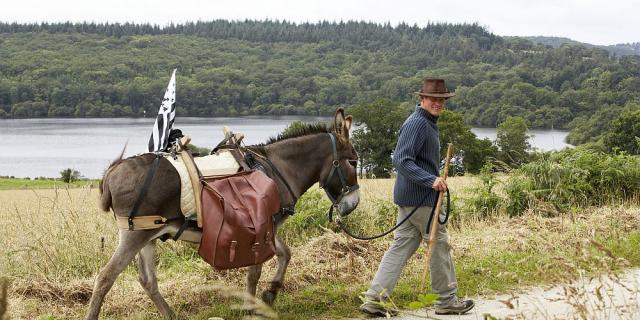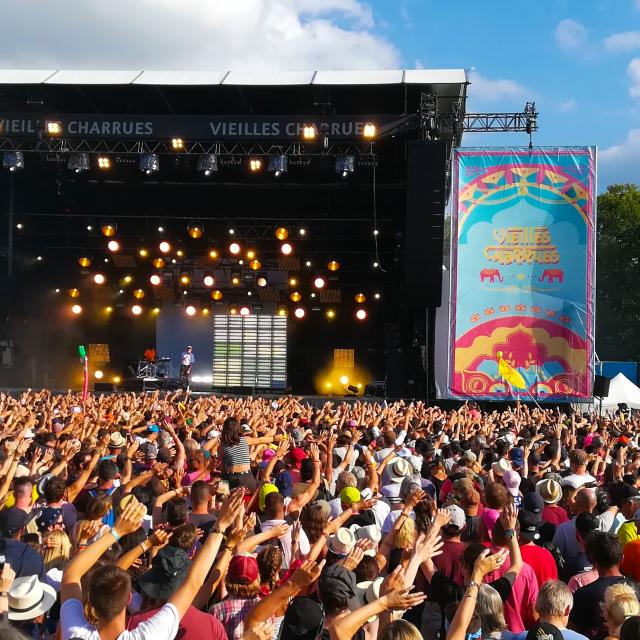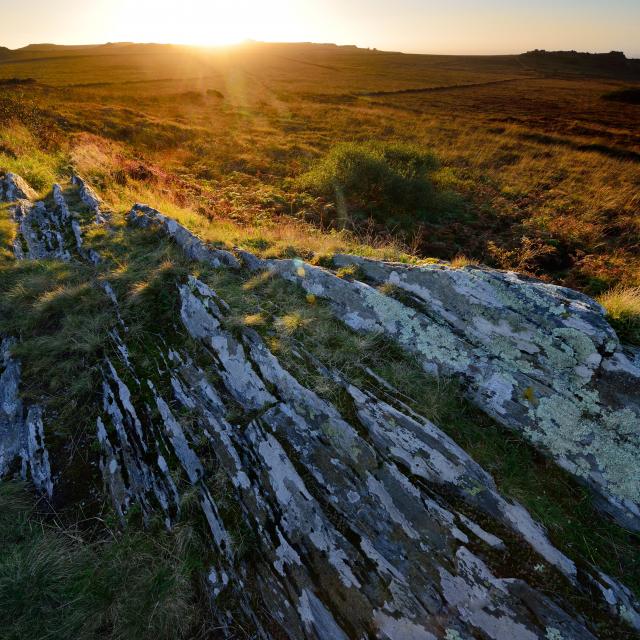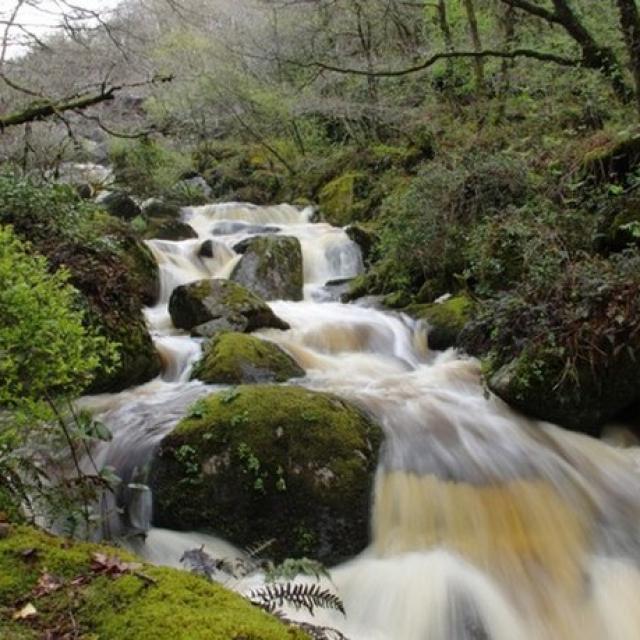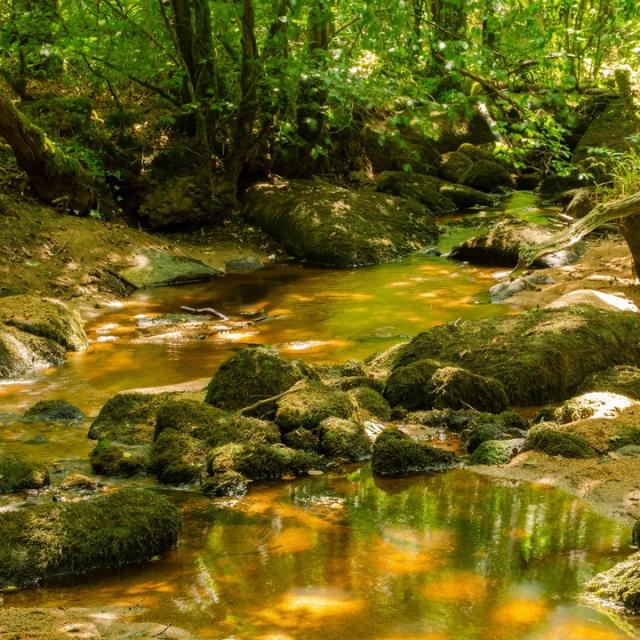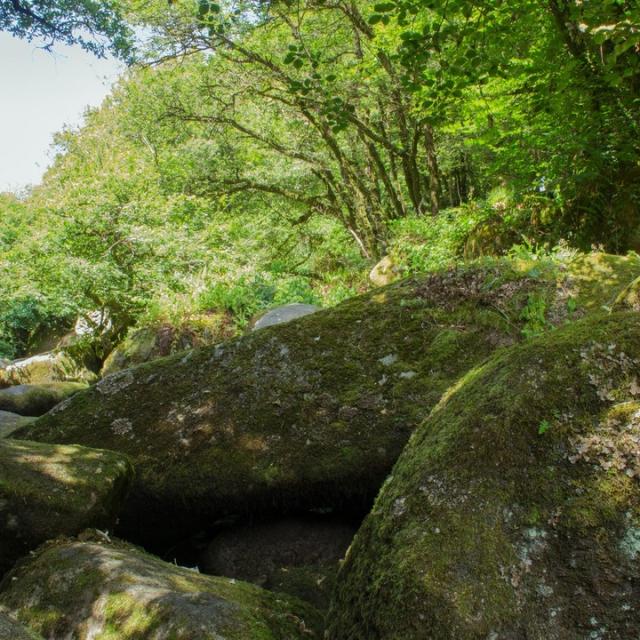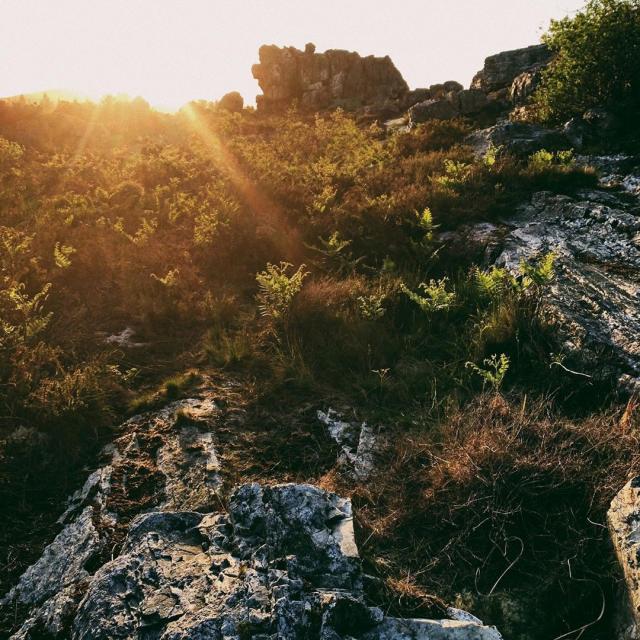A long history
364 km long, the Canal crosses inland Brittany, linking Nantes to Brest. The construction of this veritable haven of peace was a gigantic undertaking in the first half of the 19th century. Though it served an economic purpose, it also offered military benefits.
In the midst of Napoleon’s war with England, the port of Brest needed to be supplied quickly. Its commercial traffic was also of vital importance for Central Brittany, with the transport of slate, timber and agricultural produce.
The arrival of the railway marked the beginning of its decline, though the final blow would be delivered with the construction of the Guerlédan hydroelectric dam in the early 20th century. Nantes was now cut off from Brest.
Today, traces of this history can be seen all along its route. For example, after Redon and Josselin, the Canal passes through Pontivy – also known as Napoléonville. Between Lake Guerlédan and Carhaix, Glomel is home to the famous ‘Grande Tranchée’ – the great trench. Here, on the watershed between the Blavet and Aulne rivers, 4,000 convicts spent 9 years digging an impressive 3 km trench. As well as a key natural space, the Canal is also represents a human adventure.
 Pause pique-nique lors d'une balade à vélo en famille, devant l'Abbaye de Bon-Repos
Pause pique-nique lors d'une balade à vélo en famille, devant l'Abbaye de Bon-Repos Carte de la construction du Canal de Nantes à Brest avec ses affluents, et de celui d'Ille-et-Rance,
Carte de la construction du Canal de Nantes à Brest avec ses affluents, et de celui d'Ille-et-Rance, Péniche, accueillant l'Office de tourisme à Pontivy, sur le Canal de Nantes à Brest
Péniche, accueillant l'Office de tourisme à Pontivy, sur le Canal de Nantes à Brest Panneau indiquant un pont aux cyclotouristes pour enjamber le Canal de Nantes à Brest
Panneau indiquant un pont aux cyclotouristes pour enjamber le Canal de Nantes à Brest